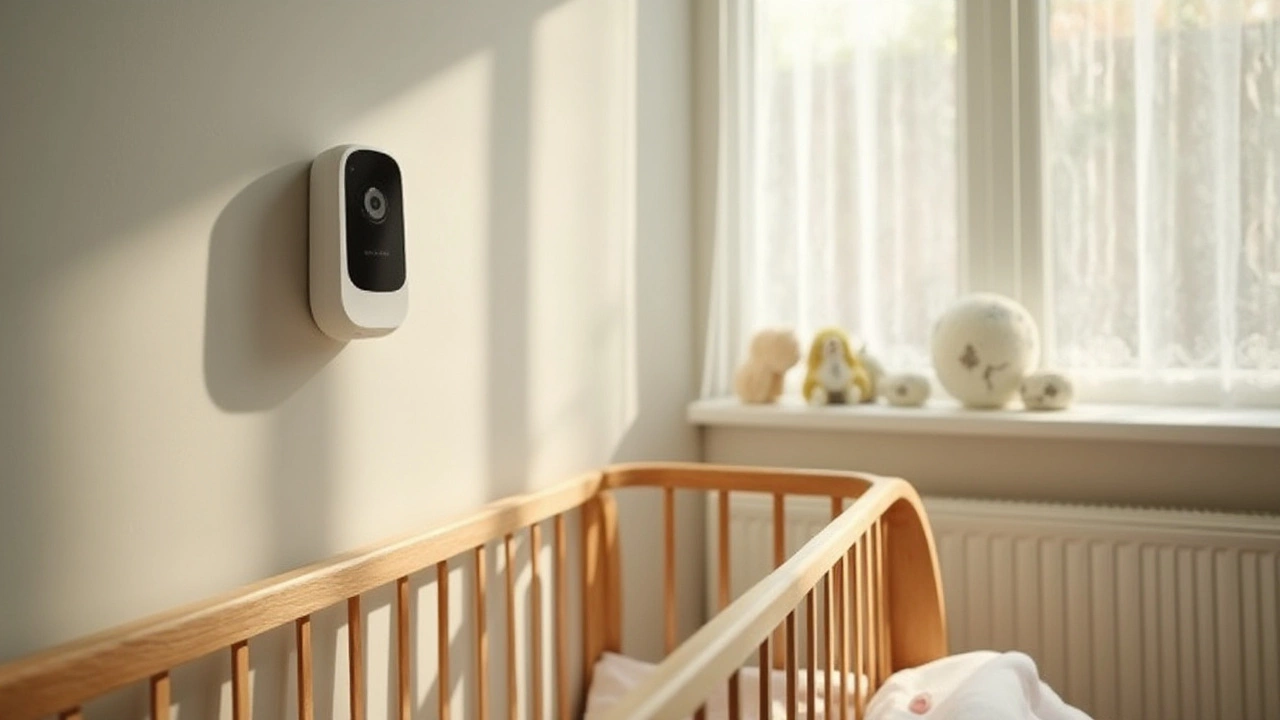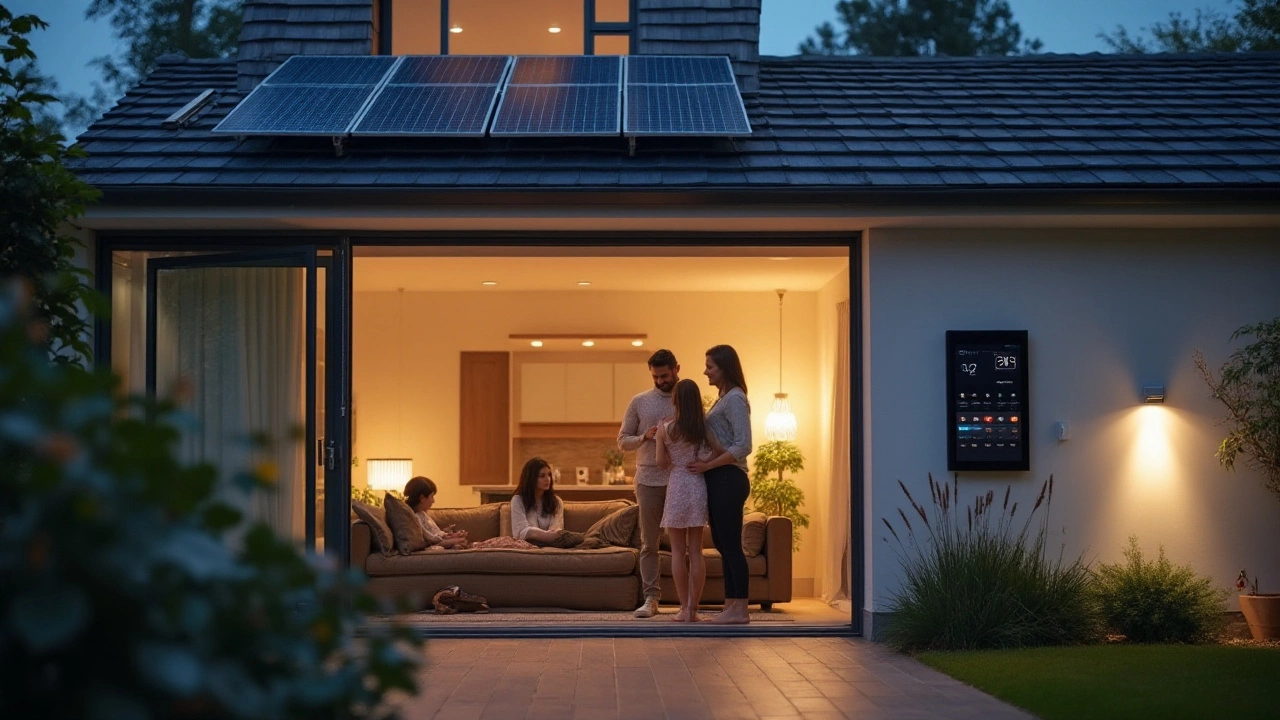Welcome to the tech corner of Total Security Solutions. Here you’ll find plain‑spoken how‑tos, quick comparisons and real‑world tips that help you get the most out of the gadgets that keep your home safe. No jargon, just clear steps you can follow today.
Ever looked at a security video after dark and seen nothing but a gray blob? That’s a common problem, but it’s easy to fix. Most modern cameras use infrared (IR) LEDs to illuminate the scene without visible light. If your video looks washed out, check the IR range – a longer range means clearer detail farther away. Adding an extra IR illuminator or turning on the camera’s built‑in night mode can make a huge difference.
Smartphones now brag about night‑mode photography, and the same tech tricks work for security cams. Lower the exposure time, enable any “low‑light” setting, and keep the lens clean. A smudged lens scatters the little light that does reach the sensor, making everything look hazy. Quick cleaning with a soft cloth can boost night performance in minutes.
When you shop for a new night‑vision camera, look for a sensor size of at least 1/3 inch and an IR LED count of eight or more. Those specs usually deliver sharp footage of people or vehicles, not just moving shadows. And remember: turning the camera toward bright lights will cause flare, so aim it at darker zones whenever you can.
Wireless security cameras are great because they skip the messy cables, but they still need a strong Wi‑Fi signal. Place the router on a high shelf and keep it away from metal appliances – that reduces interference and gives your camera a stable connection. If you notice buffering, try a Wi‑Fi extender or a dedicated 5 GHz network just for your security devices.
Many people wonder if they really need internet for their wireless cameras. The answer is yes if you want remote viewing, cloud storage or smart alerts. However, most cameras can record locally to an SD card, letting you watch footage later without an active internet connection. This is a good backup if your broadband goes down.
Smart doorbells and video doorbells follow the same pattern. Choose a model that supports local storage or offers a free tier of cloud video – you won’t have to pay a monthly fee for basic functionality. When setting up, enable two‑factor authentication on the app to keep hackers out. A strong, unique password for each device is another cheap, effective security step.
Wi‑Fi security protocols matter, too. Avoid outdated standards like WEP and WPA‑TKIP. Stick with WPA2‑AES or the newer WPA3 if your router supports it. Those protocols encrypt the data your cameras send, making it much harder for a snooper to intercept your video stream.
Finally, keep firmware up to date. Manufacturers release patches for bugs that could let bad actors take control of a camera. Most apps will notify you of an update; install it as soon as you can. It’s a tiny habit that protects the whole system.
Whether you’re upgrading an old CCTV setup or adding the first smart doorbell, the right tech choices make a big difference in safety and peace of mind. Use these straightforward tips, test each setting, and you’ll have a reliable, low‑maintenance security system that works when you need it most.

Baby monitors have become essential for modern parenting, providing peace of mind by keeping tabs on sleeping infants. This article delves into whether all baby monitors need to be plugged in, exploring the evolution of wireless technology in monitor systems. It's crucial to understand the benefits and limitations of both plugged and portable options to make informed decisions. Emphasis is placed on understanding the diverse needs of families when choosing the right baby monitor.

The rise of smart home technologies has significantly impacted property values. Equipped with connected devices and heightened security features, homes can see an increase in their market appeal. These systems not only promote peace of mind but also enhance energy efficiency and provide convenience, enticing potential buyers. Embracing smart technology in residential spaces may just redefine the rules of real estate.

Determining whether a baby monitor needs WiFi depends on the specific needs and preferences of parents and caregivers. While WiFi monitors provide features like remote access and advanced notifications, non-WiFi monitors offer reliability without the necessity of internet access. Understanding the pros and cons of both types can guide parents in choosing the best fit for their family's lifestyle. This article delves into the benefits, drawbacks, and situations where WiFi-enabled baby monitors may or may not be necessary.